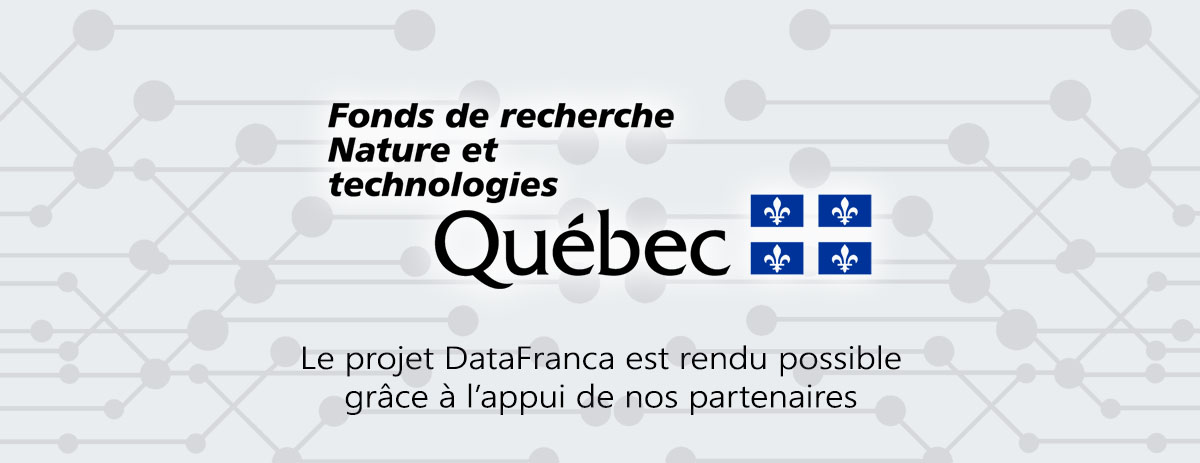Algorithme de couverture
en construction
Définition
XXXXXXXXXXXXXXX
Français
XXXXXXXXXXXXXXX
Anglais
covering algorithm
A covering algorithm, in the context of propositional learning systems, is an algorithm that develops a cover for the set of positive examples - that is, a set of conjunctive expressions that account for all the examples but none of the non-examples.
The algorithm - given a set of examples:
Start with an empty cover.
Select an example.
Find the set of all conjunctive expressions that cover that example.
Select the "best" expression x from that set, according to some criterion (usually "best" is a compromise between generality and compactness and readability).
Add x to the cover.
Go to step 2, unless there are no examples that are not already covered (in which case, stop).

Contributeurs: Imane Meziani, wiki






